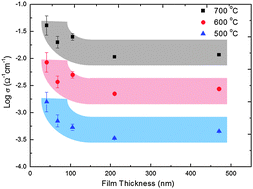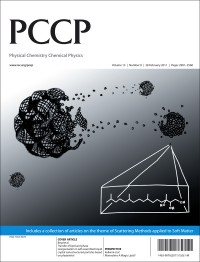‘HOT’ PCCP article – ‘Illusional’ high conductivity in nano-scale thin films
The nano-size effect, which indicates a drastic increase in conductivity in solid electrolyte materials of nano-scale microstructures, has drawn substantial attention in various research fields including in the field of solid oxide fuel cells (SOFCs).

We have observed a ‘great conductivity increase’ up to an order of magnitude at a very thin thickness of a single layer yttria-stabilized zirconia (YSZ) film in a set-up with an intentional artifact current flow source. Here we propose that the nano-size effect, reported to appear in ultra-thin single layer YSZ, can be a result of misinterpretation.
‘Illusional’ nano-size effect due to artifacts of in-plane conductivity measurements of ultra-thin films
Hae-Ryoung Kim, Jong-Cheol Kim, Kyung-Ryul Lee, Ho-Il Ji, Hae-Weon Lee, Jong-Ho Lee and Ji-Won Son
Phys. Chem. Chem. Phys., 2011, DOI: 10.1039/C0CP02673E
















